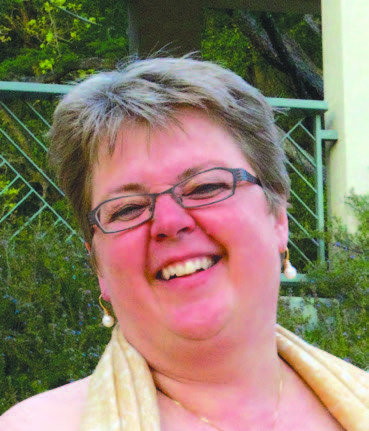 On the weekend between the political fracases of red and blue presidential conventions, I was invited by a friend to spend a sunny afternoon with a tribe of Burners of a different sort. In San Francisco’s Dogpatch district down by Pier 70, surrounded by the sheet metal warehouses of an old shipyard, a group of volunteers hammered, sawed, hoisted and dyed the building blocks for a mountain of wood and silk to be constructed, explored and finally torched at 2016 Burning Man, August 28 to September 5.
On the weekend between the political fracases of red and blue presidential conventions, I was invited by a friend to spend a sunny afternoon with a tribe of Burners of a different sort. In San Francisco’s Dogpatch district down by Pier 70, surrounded by the sheet metal warehouses of an old shipyard, a group of volunteers hammered, sawed, hoisted and dyed the building blocks for a mountain of wood and silk to be constructed, explored and finally torched at 2016 Burning Man, August 28 to September 5.
Catacomb of the Veils will be the largest art installation at Nevada’s Black Rock Desert this year, and one of the largest projects ever in Burning Man’s 30-year history. Comprised of two overlapping pyramids 40 and 50 feet high, Catacomb covers an area almost 19,000 square feet, almost 4 football fields.
While Egypt’s pyramids may be a mystery, lead designer and professional architect Dan Sullivan knows exactly how Catacomb’s twin peaks will be constructed. Three hundred 8-foot-long wooden sections built of used Ikea pallets at the Pier 70 site will be carted to Nevada in a dozen semis and lifted into place by crane. Its 500,000-pound structure is to be supported by concrete footings and secured with nails by the community builders in the desert. Although the installation is massive, the pyramids, covered in driftwood, are meant to blend in with the surrounding landscape and to echo the peaks of Black Rock Point.
“To me the Black Rock Desert is one of the most sublimely beautiful places I’ve ever been,” Sullivan wrote in an email interview. “So for me, the connection with the landscape is about a piece that works with its context rather than against. It’s also about playing with perception. From a distance, Catacomb will look like it could be geological or part of the landscape, but that reading changes as you get closer as it looks more like a ruin from a previous civilization.”
Of course, the project is named “Catacomb of Veils,” not “Pyramid of Driftwood,” so you know the interior space is as significant as its impact on the skyline. Visitors climb a path around the exterior of the pyramids and enter near the top to descend down passageways softly lit and decorated with art pieces and offerings added by the Burning Man Community. The labyrinth culminates in the Sanctum of Veils, a room filled with silks dyed brilliant scarlet and saffron, sapphire and emerald. Wooden cubby holes above the door of the Sanctum provide a space for visitors to leave offerings and remembrances.
“The act of moving downward is about facilitating a particular kind of spiritual experience–one that is more
introverted and reflective,” Sullivan wrote.
Creating spaces for spirituality in the desert has been appealing to Sullivan. He met all his core crew for Catacomb as lead architect for David Best’s 2014 Temple of Grace. In fact, the inspiration for Catacomb came from a friend, who had to leave partway through building the Temple of Grace because she lost a family member to suicide. She later told Sullivan about the sudden shock of her loss, saying it felt like only a veil separated their worlds. He noted that as a gay man, creating spiritual space for people who felt alienated by religion was particularly poignant for him.
“The significance in creating spiritual space at Burning Man as it relates to the LGBTQ community is that organized religions have typically pushed the queer community out,” Sullivan said. “Projects like this are a way of bringing people in, and providing a space for human rituals that are unattached to a particular religion.”
Talk to any crew member at the construction site and they’ll tell you about the community these projects build. More than 100 volunteers have helped construct the wooden panels and hand dye the silks. There is a reluctance to assign specific meaning to the project, because its meaning will come from the individuals who experience it, whether that is for remembrance or self-reflection or practical jokes.
“What makes this project different is that it is the simultaneous creation of both the project and the community,” Sullivan wrote. “I think the most beautiful thing about this is the group of individuals who pour themselves into giving this gift to the larger community.”
The Catacomb of Veils has raised $70,000 of its $90,000 IndieGoGo campaign. All funds raised go to materials, rent, transportation, physical burn requirements and camp supplies for the on playa build prior to gates opening. To support the Catacomb, go to https://www.indiegogo.com/projects/catacomb-of-veils-burning-man-2016-architecture#/
Trumpet player Heidi Beeler has been a member of the San Francisco Lesbian/Gay Freedom Band since 1991. She is also a founding member of the Dixieland Dykes +3. For more information, please visit www.sflgfb.org or www.facebook.com/sflgfb
Recent Comments